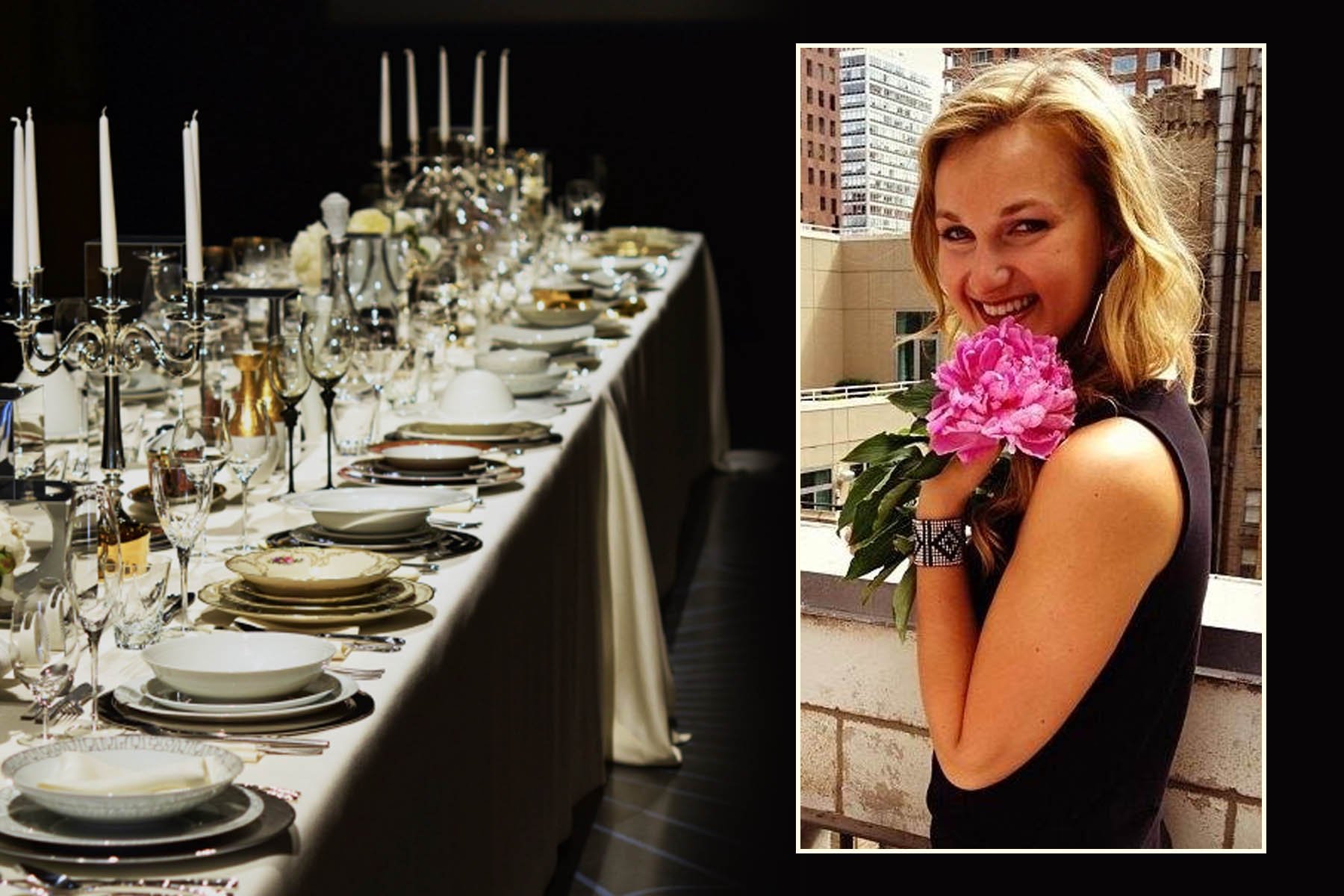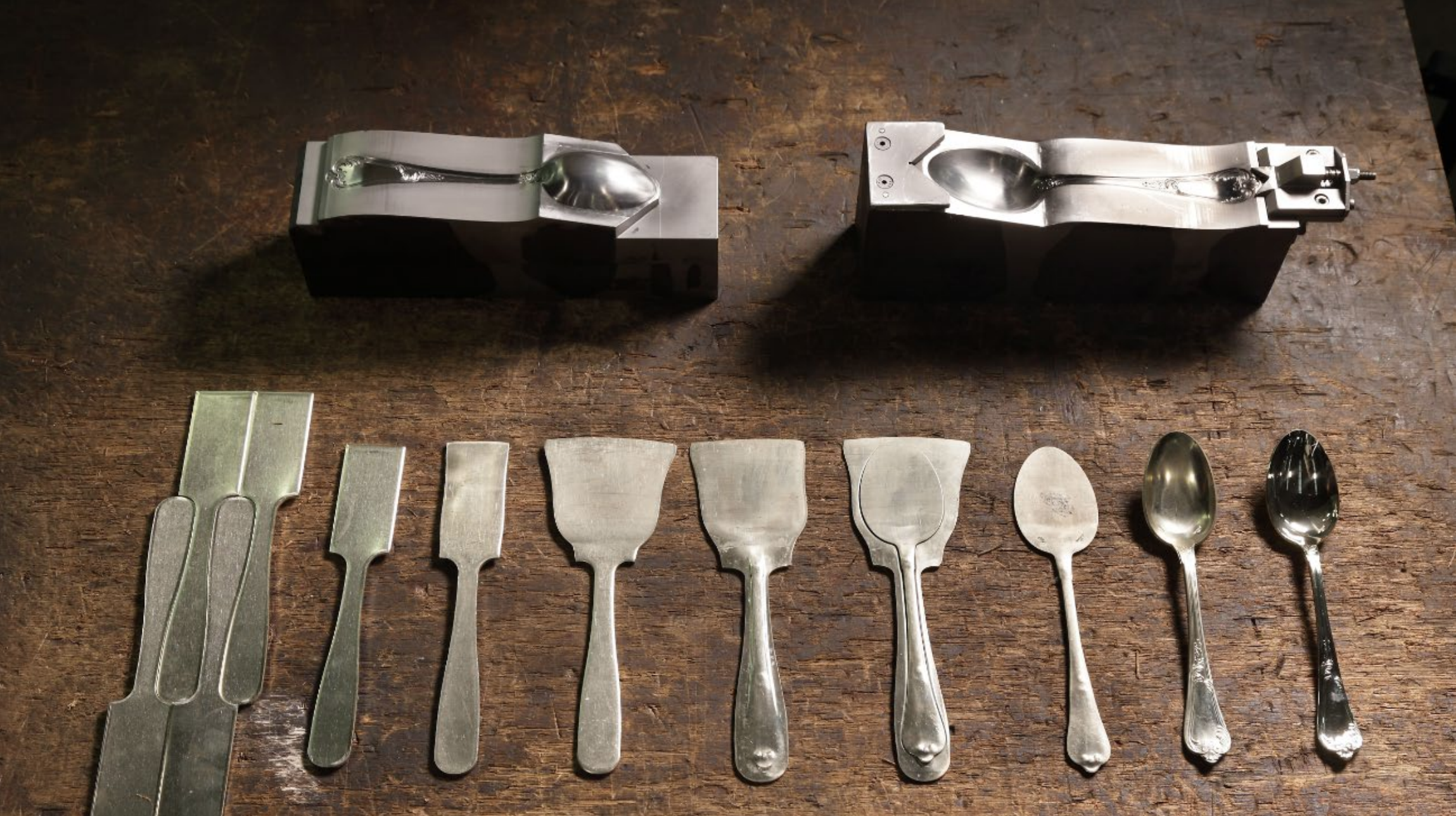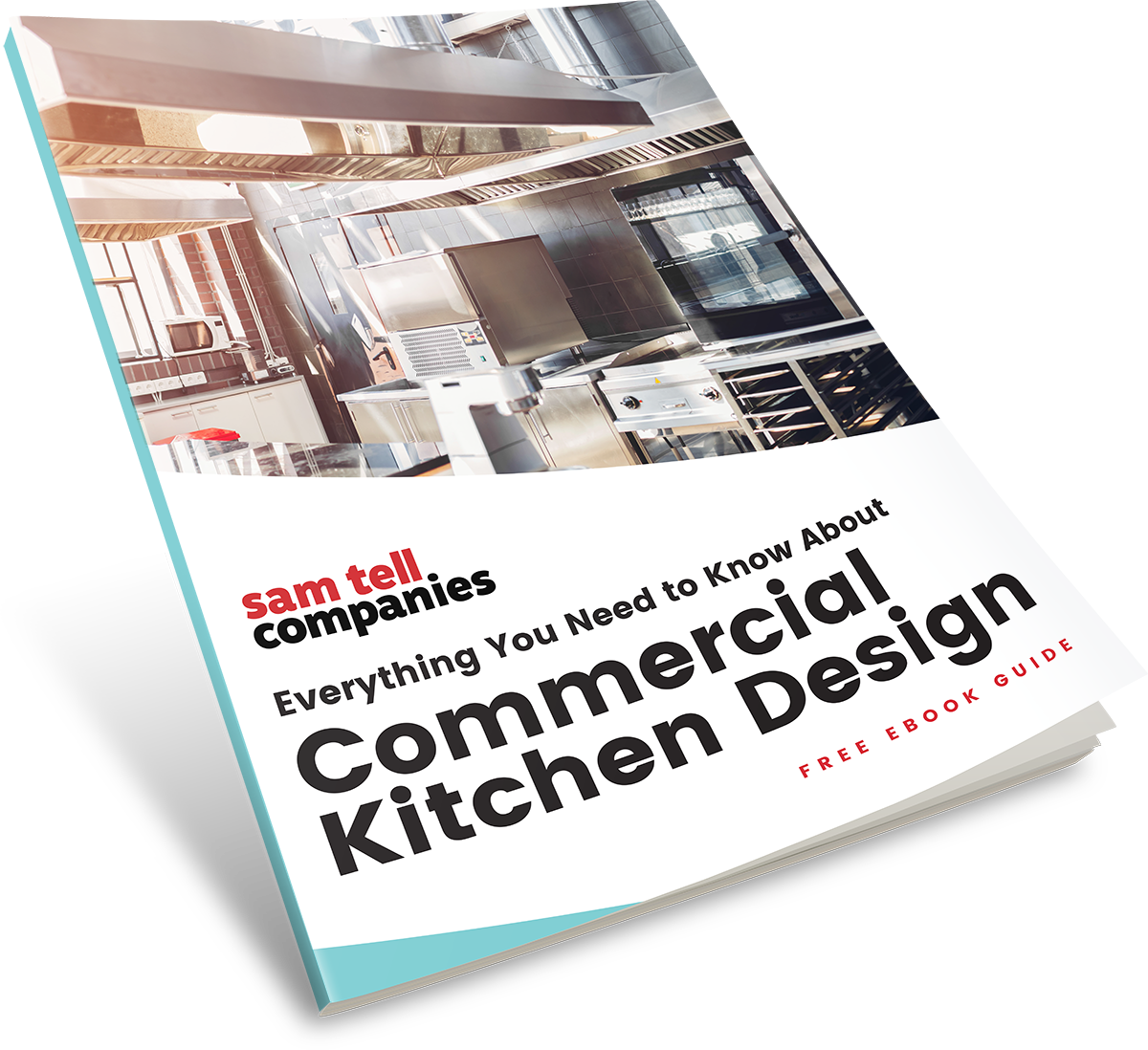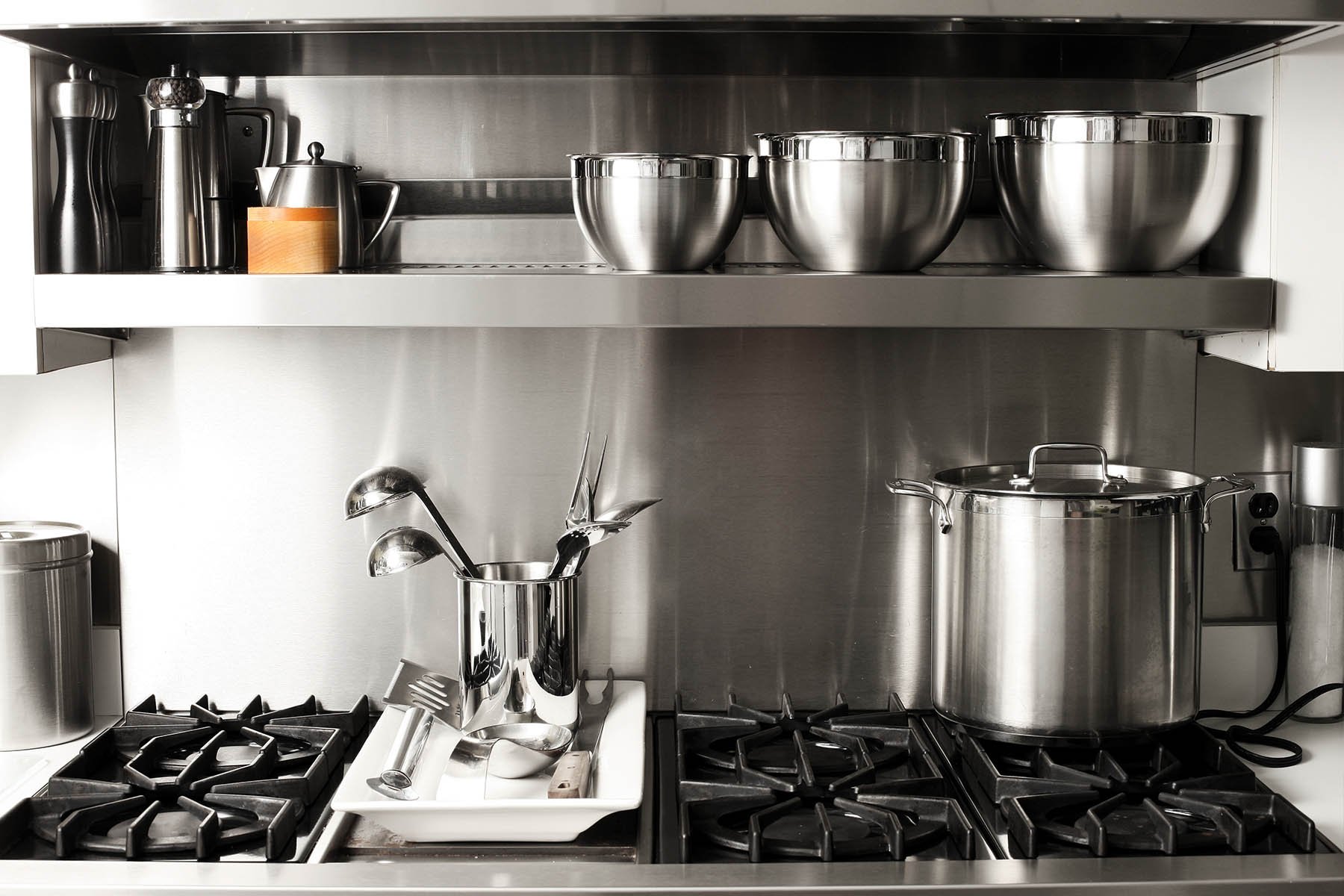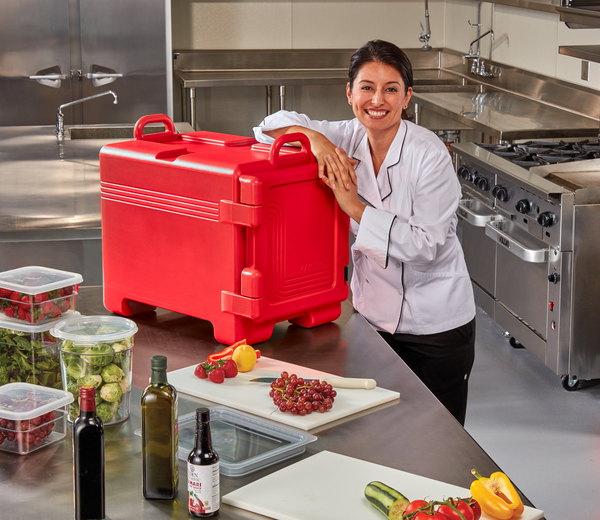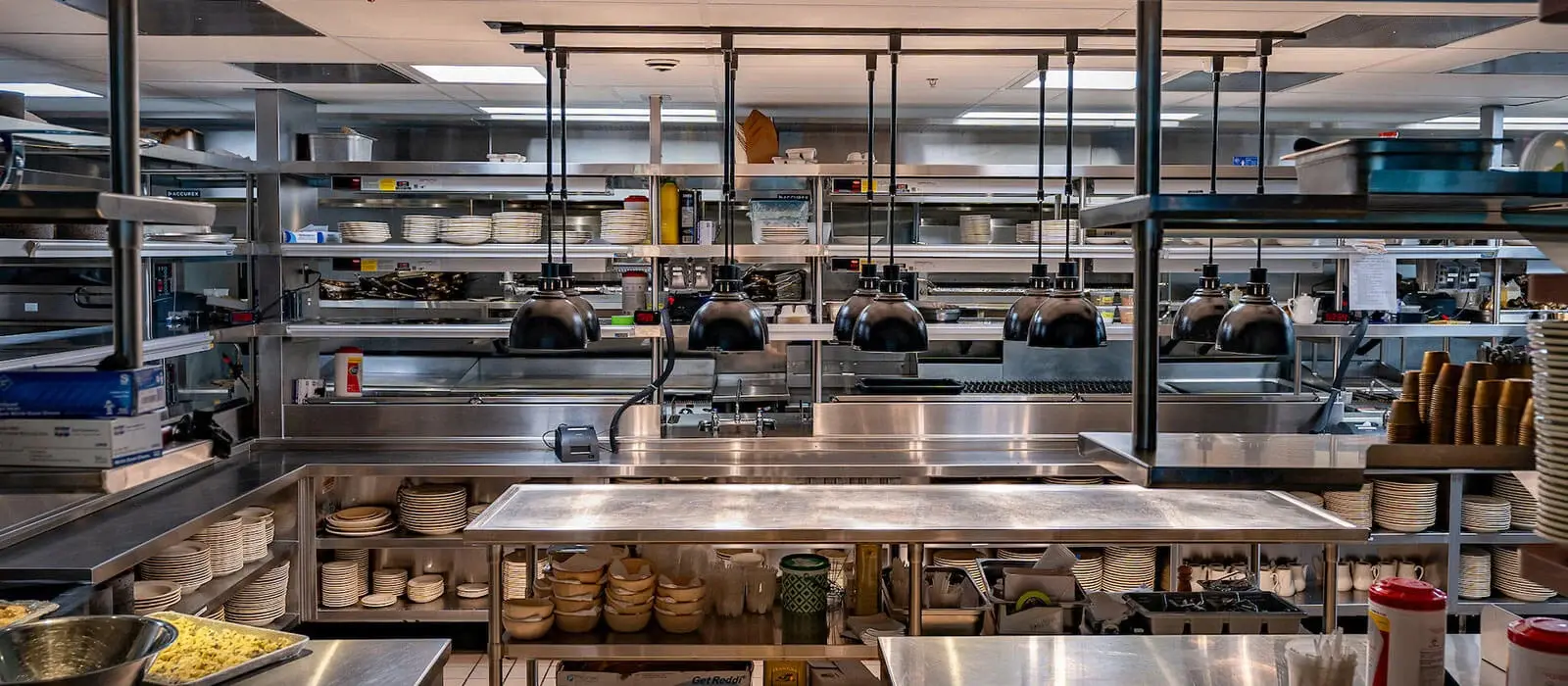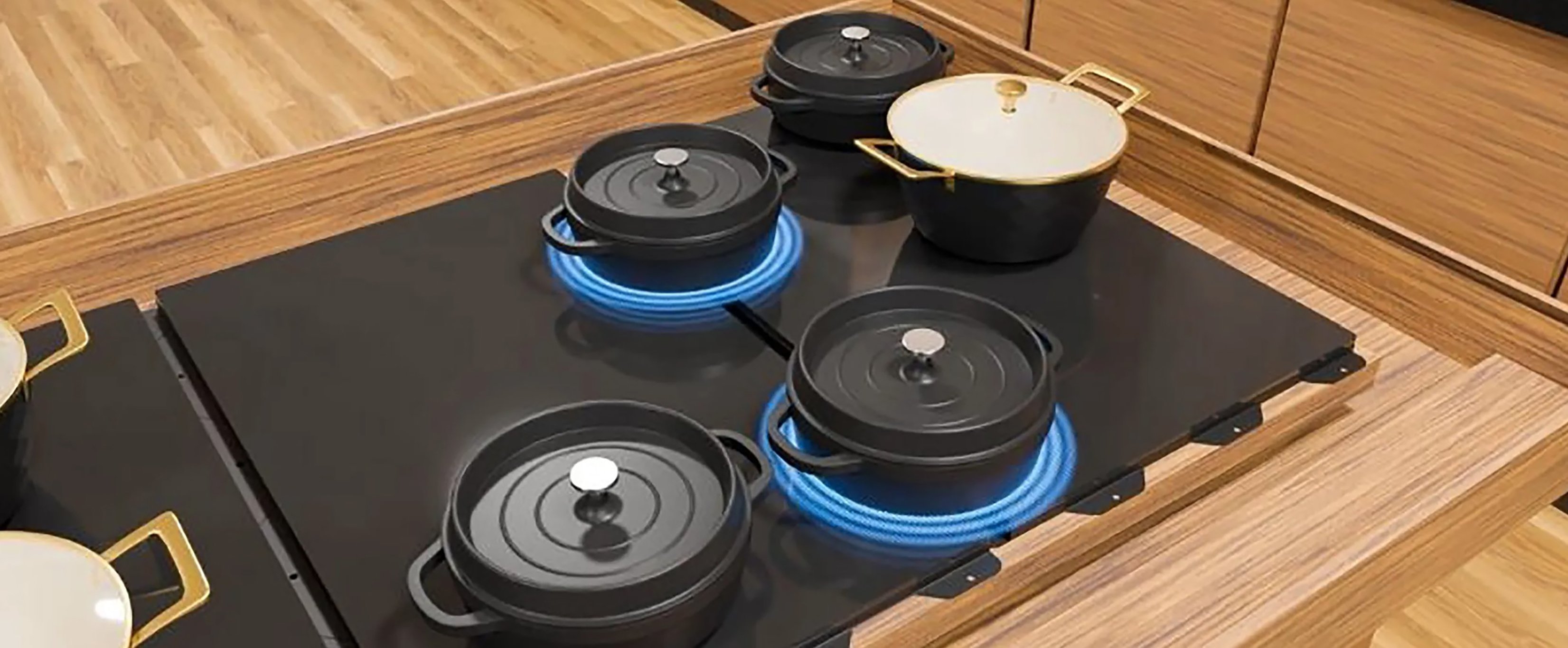Flatware is often the unsung hero of a New York City restaurant’s success story. While overall ambiance, atmosphere, and, of course, the food are all incredibly important to any dining experience, the flatware is how customers connect with the cuisine. So, you’d better be using the correct assortment of knives, forks, and spoons.
Luckily, you don’t have to wander directionless into the flatware purchasing process. Sasha Karpova, principal at Roskush Hospitality for nearly 10 years, works with a number of manufacturers, primarily focused on tabletop products. One of the manufacturers she represents, Sambonet, is an Italian company that’s considered one of the leading manufacturers of all sorts of tabletop cutlery, supplying the entire world in retail and foodservice settings.
Joining Sam Tell for a flatware Q&A, Karpova cuts through the noise to answer a cutlery drawer worth of questions.
Sam Tell: How did stainless steel become one of the most popular forms of restaurant flatware?
Sasha Karpova: Before we had stainless steel, which became available sometime in the early 20th century, cutlery flatware was primarily made of sterling silver. The reason why is because silver is the least reactive metal, so when it interacts with food, it won’t change or provide an unpleasant taste in your mouth. Because of the nature of sterling silver, it’s very expensive. For this reason, cutlery was reserved for very wealthy people. But when stainless steel appeared, it democratized cutlery for the masses because it was less expensive. It became primarily what everyone used.
ST: What are the different grades of stainless steel flatware and what is the best grade for restaurants?
SK: First of all, stainless steel is composed of nickel and chromium. The different grades of stainless steel—18/10, 18/8, and 18/0—refer to the percentage of these elements in the flatware. 18 refers to the percentage of chromium and the 10, 8, and 0, refers to the nickel. When there’s no nickel content, the metal is more susceptible to corrosion and rusting. And as you move up to 18/8, with 8 percent nickel, it’s slightly better.
The gold standard is 18/10. That’s what you want to look for because it’s the ideal balance of weight, heft, and resistance to corrosion from daily use. It makes the flatware dishwasher safe and resistant to rusting and corroding. 18-0 is obviously less expensive, but it comes with the understanding that it probably won’t hold up to rigorous restaurant use. 18-10 provides the most, longest use—basically, you’ll get more out of the product.
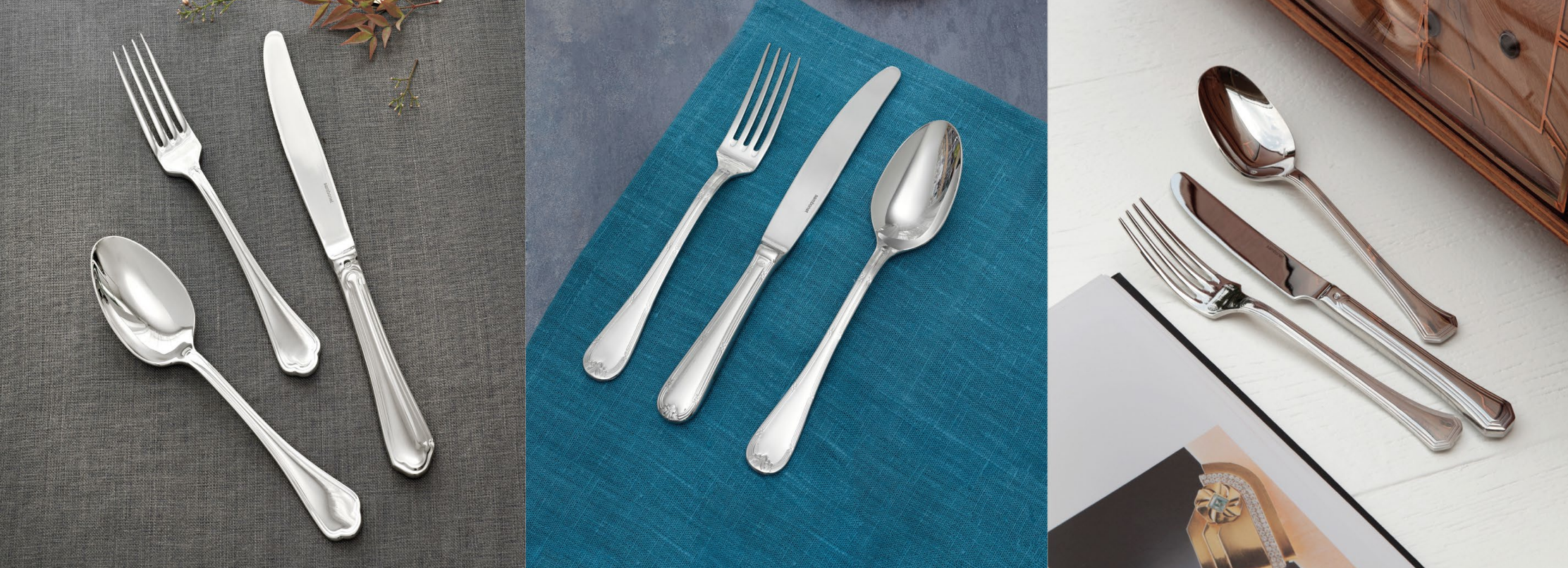
ST: What is the Difference between medium and heavy weight flatware?
When choosing between heavy and medium, it has to go with your style. What does your space look like? Is it more dainty? Is it more modern?
SK: It’s really all about perception and preference. Usually heavy-set flatware is something that you would probably expect to have at a very high-end restaurant. The sheer weight of heavy flatware is associated with luxury. You can feel that it has value. It’s also great for restaurants like steakhouses. When you’re serving heavy food, you want heavy flatware. Larger plates go hand-in-hand with more bulky flatware versus something that you pick up and you can’t even feel in your hand.
When choosing between heavy and medium, it has to go with your style. What does your space look like? Is it more dainty? Is it more modern? Are there more elongated aspects of design? Do you have more delicate plates? If so then you should go with more delicate flatware.
ST: What are some of the different flatware finishes and how should restaurants choose between them?
SK: Finishes allow you to add another element of style to your restaurant. It extends the concept of the food you’re serving and the environment that you’re trying to create. Two of the most popular finishes are vintage and satin. Vintage finish is one of the more popular finishes and Sambonet actually makes this in house. To get a vintage finish you basically take your ready-made stainless steel flatware and put it in a rock tumbler. You spin it and the rocks essentially beat up the flatware until it looks more vintage and it can pass for something that’s been in your grandma’s cupboard drawers for generations. It speeds up the aging process of the cutlery.
Vintage finish flatware compliments a rustic-type space, depending on the pattern that you apply the finish to. A classic pattern like a Baguette will have a very antiquey feel for a bistro-style restaurant. But if you apply it in a linear, modern pattern, that it’s more suited for a very industrial setting or a super contemporary restaurant. It really has a variety of applications. And it also eliminates the concern for fingerprints. When you have a very shiny finish, you have to polish it all the time because you don’t want fingerprints. On a vintage finish, that problem is eliminated.
Satin is like a smooth, matte finish. We’ve actually created a new finish that’s inspired by satin. And the reason we’ve done that is because satin doesn’t really have much longevity. It’s an applied finish and over time, we’ve found that it kind of wears off. Something that Sambonet developed recently is called Antico finish. The way we achieve this effect is by sandblasting the stainless steel. So, what you have is a very smooth, very matte, satin-like finish on the cutlery. This method also eliminates the concern of fingerprints.
ST: What is a PVD coating finish?
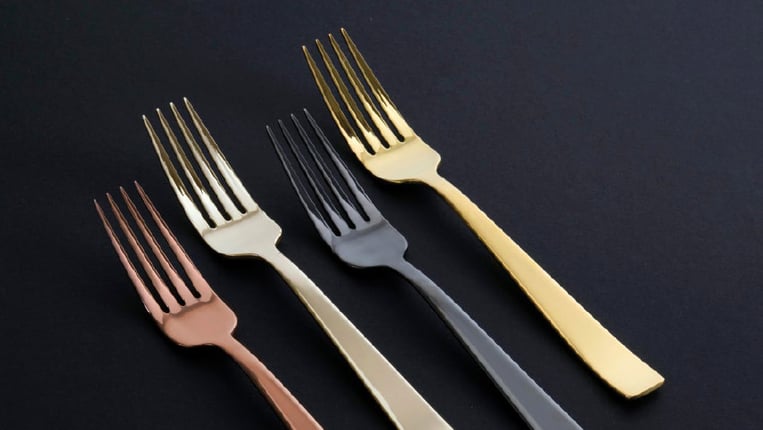
SK: PVD stands for physical vapor deposition and it’s so much more than just a coating process. It’s not just a paint job on your flatware. PVD represents a bonding process that occurs at the atomic level of the color and the material of the flatware. This makes it dishwasher safe and resistant to daily wear and tear. It can be confusing for some people to really understand what PVD is and how it is different from a coat of color. The way I like to explain it is to think about certain watches available on the market that come in a variety of colors. If you get them wet, they retain their color. They stay gold or black or copper. And that’s the same finish that’s on PVD flatware. It’s fusing the coating into the top layer of the material.
ST: What are the different types of patterns available for restaurant flatware?
SK: It’s nice to have a variety of options for a variety of tastes and concepts. One of the patterns I really like from Sambonet is called Linea Q, which is super contemporary and very linear. It’s a low key, modern-type pattern. It works in a variety of applications, but I think I would recommend it for Asian-influenced cuisine or something very fine dining and contemporary. It has a low key swag and it’s gotten a lot of design recognition in notable restaurants all over the world. And then there’s a Baguette pattern, which is very classic and a style that’s associated with French cuisine and design sensibilities. Since it comes from Paris, particularly from the bistro era of French cuisine, it’s a timeless, classic design that’s perfect for any restaurant leaning towards a white tablecloth, fine dining aesthetic or anything else considered timeless like comfort food.
If we’re talking about a steakhouse, you definitely want something more hefty with a larger profile pattern. In that case, I’d recommend Gio Ponti from Sambonet. It’s very wide and it’s one of the heavier patterns they offer. And there’s another pattern called Imagine, which is more contemporary but still matches with heavy foods and a big-plates type of restaurant. It's a thick, heavy pattern that’s also ergonomic, so it contours to your hands.
ST: What is a standard table setting that all restaurants need?
SK: The standard is a five-piece setting that includes a table knife, or a dinner knife, and then a dinner fork. Then you have a dessert fork, a salad fork, a teaspoon, and table/dessert spoon. That’s the basic setting that will cover all your bases. Now, if you have a restaurant that focuses on small plates, then you’re probably not going to use the dinner-size knife and fork. Instead, you're going to use a dessert or salad knife and fork.
ST: What types of questions should a restauranteur ask when dealing with a flatware supplier?
SK: It’s important to ask, does this company offer more than just the standard five pieces. For example, Sambonet goes beyond the five-piece setting with all the specialty pieces. They have, of course, the dinner-sized knife and fork and salad-sized knives and forks, but also have table-size spoons, dessert-size spoons, espresso size, oyster forks, ice tea spoons, and serving-sized pieces like carving forks, which not everyone offers. If you’re a restaurant and you’re planning a menu that needs specialty pieces, it’s best to go with a supplier that can accommodate that.
ST: How can the right kind of flatware add to a customer’s dining experience?
There’s so much flatware on the market. So, how do you distinguish yourself?
SK: There’s so much flatware on the market. So, how do you distinguish yourself? If you’re looking at a wall of cutlery, everything starts to look the same. At that point, it’s the little details that start to matter. How is it designed? How does it feel in your hands? These are the things that will set you apart from other restaurants.
Customers can have a really nice experience at a restaurant when the food is excellent, the lighting is just right and the music is perfect. But then with flatware, it might not even be something the customer really notices in the moment, but it adds to the overall experience—it gives them a sense of comfort and provides them with something that’s perhaps nicer than what they provide for themselves at home.
